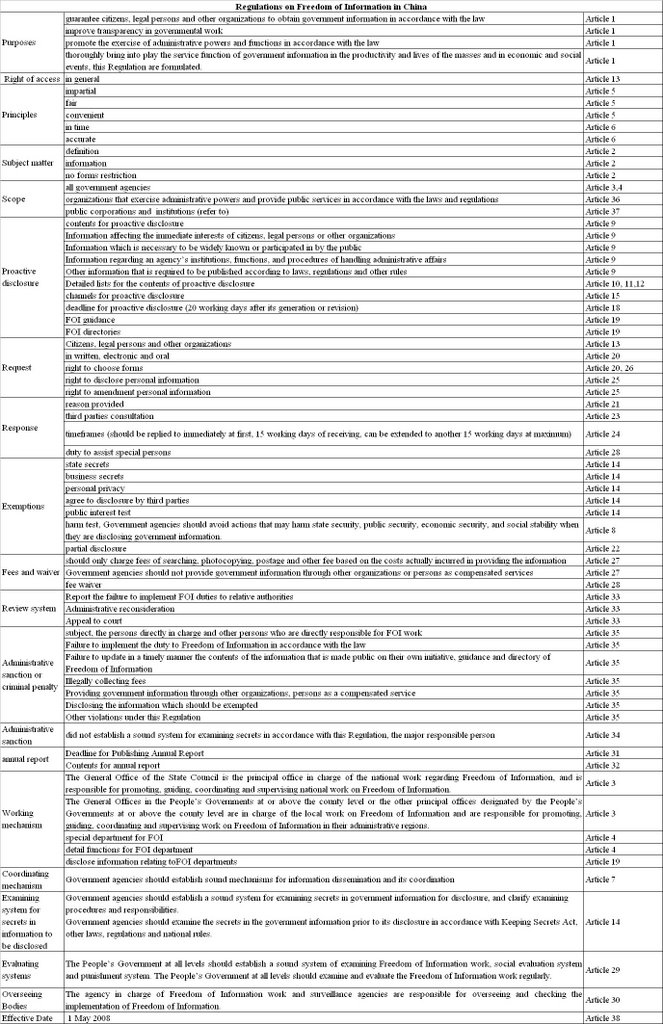Disclosure of Law in Ancient China
In BC 536, law was officially published for the first time on a Ding (a vessel) by Chan Zi in the
In BC 513, Zhao Yang in the
The Qin Dynasty clearly explained terms and purposes of the criminal law in a book, titled Frequently Asked Questions about Criminal Law. Meanwhile, Emperor Qin Shi Huang required the public to be educated about criminal law (Yi Fa Wei Jiao), and government officials to promulgate criminal law (Yi Li Wei Shi).
Emperors in the following dynasties basically disclosed their law to the public, although it is difficult to find evidence of the disclosure of Han Law (Han Lv) in the Han Dynasty.
However, in the Jin Dynasty (265-420), Emperor Jin Wu Di published Xin Law (Xin Lv) in 267.
In the Tang Dynasty, Emperor Tang Tai Zong published Tang Law in 637. Emperor Tang Gao Zong promulgated Explanations of Tang Law as a new law in 654.
In the Song Dynasty, Emperor Song Tai Zu published Song Criminal Law in 963, and this law was first published by using woodblock printing.
In the Ming Dynasty, Emperor Ming Tai Zu promulgated Ming Criminal Law (Ming Da Gao) in 1385. Emperor Ming Tai Zu required each family to be held a cope of Ming Criminal Law. The person who committed crime and should be punished by banishment or under this punishment in accordance with the law could be given a directly lighter punishment if his or her family had a cope of Ming Criminal Law. Accordingly, Ming Criminal Law became the most widely distributed and well-known law in ancient

No comments:
Post a Comment